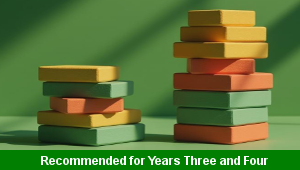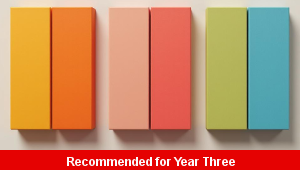Lesson Three – Triangle Supports

This design technology teaching pack for Key Stage Two gets the children to design and test some of the different ways of supporting wooden cuboid frames by using triangle supports structures on the vertices.
The class can identify and explain how different buildings have been structured to support their own design ideas when exploring ways of producing a garden construction.
Download this teaching pack including a lesson plan, classroom activities and an interactive presentation to design and test some of the different ways of supporting wooden cuboid frames by using triangle supports structures on the vertices
Activities in this teaching pack include display posters to identify and describe different structures that can be used to support constructions and compare shapes that could be used for building supports and a worksheet to select and record how to add triangles to support different shaped structures.
The interactive presentation can be used to explore how to design and test different ways of supporting cuboid frames using triangle supports structures.
This lesson is part of a design technology scheme of work to get the children to select, shape and combine different materials to plan, build and test a model of a garden construction suitable for growing plants and flowers. There are teaching activities for shared learning, differentiated worksheets to support independent learning and interactive presentations to introduce concepts and key skills.
-

English Spelling Assessment
Assess abilities in spelling different vocabulary words based on the National Curriculum programmes of study for Key Stage Two
-

Subtraction Differences
Explain and model some of the informal and formal written calculations skills that can be used to find the difference between pairs of two and three digit numbers
-

Fraction Equivalence
Investigate, compare and record the values of different non-unit fractions using equivalence between their sets of matching numerators and denominators
-

World Wars Poems
Explore and reflect on how poets can use figurative language and verse structures to express themes and ideas about conflicts that have happened in the world
